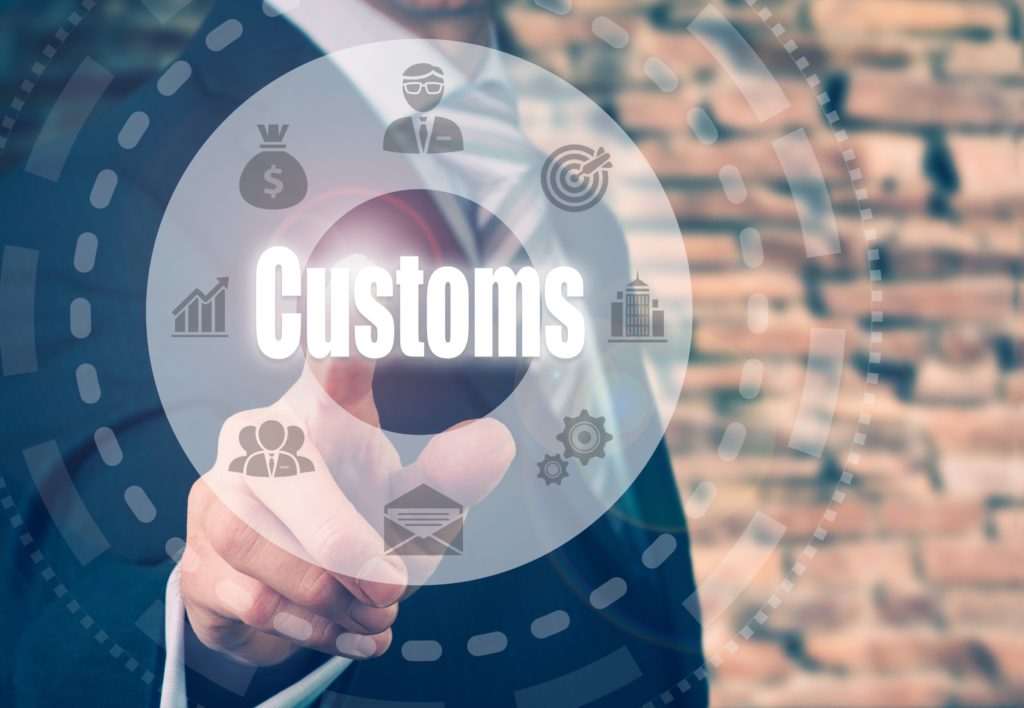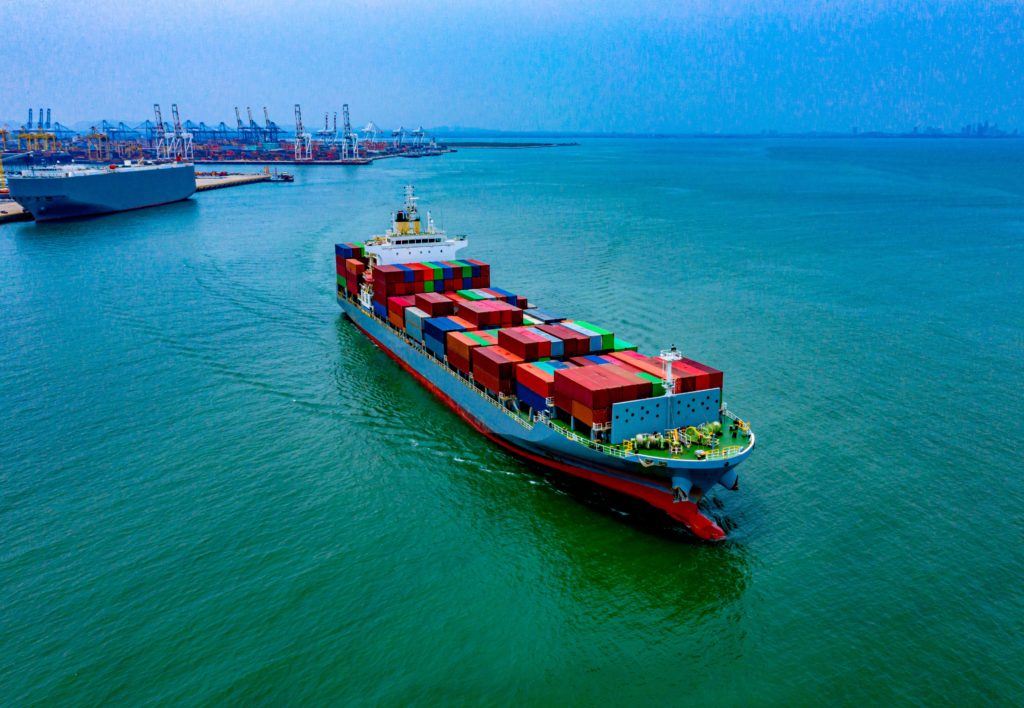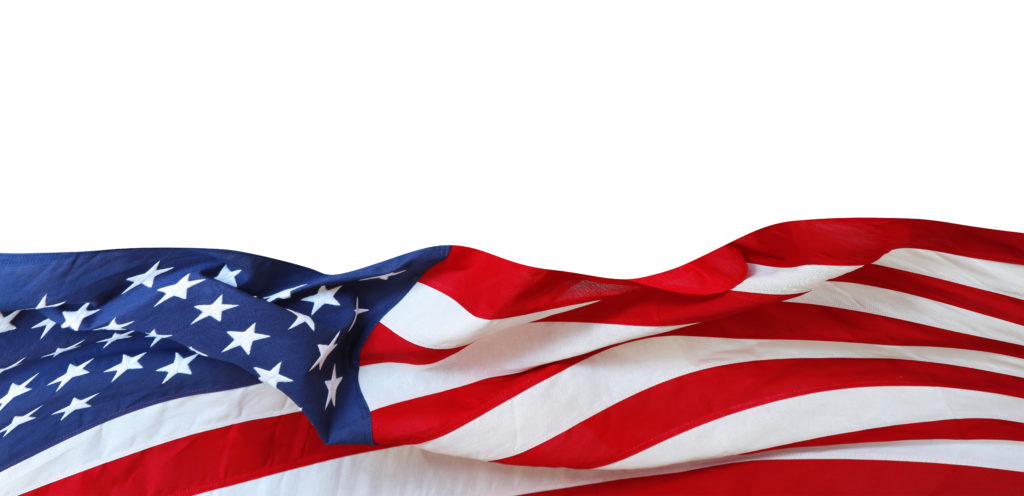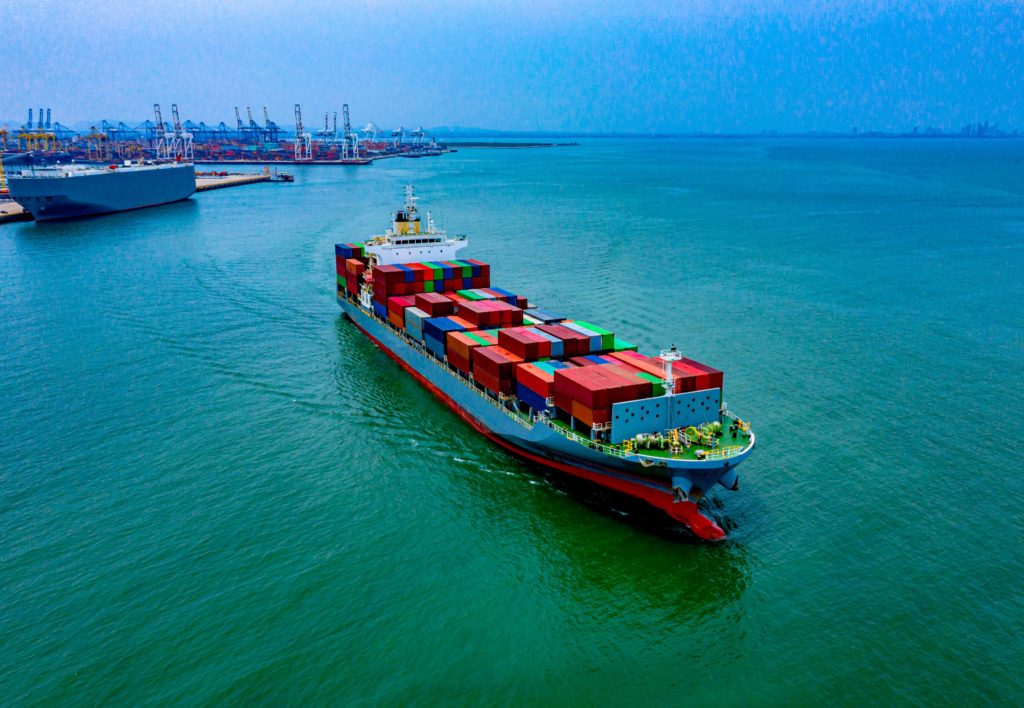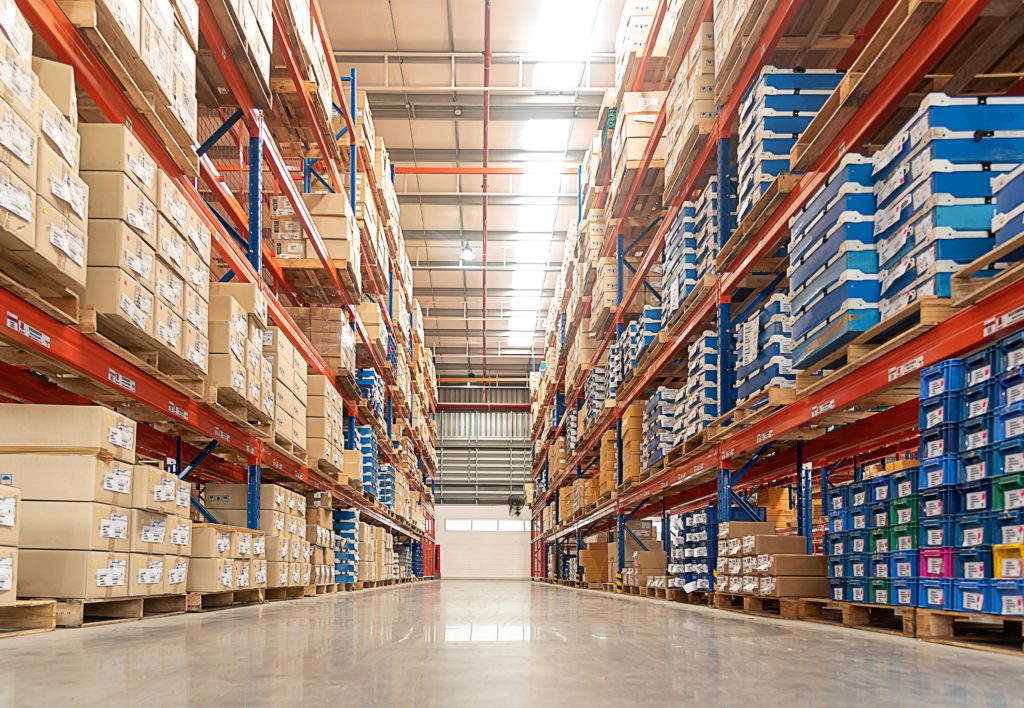Price Actually Paid or Payable
Price Actually Paid or Payable
What is the Price Actually Paid or Payable?
The transaction value of imported merchandise is the price actually paid or payable for the merchandise when sold for exportation to the United States, plus amounts equal to:
A. The packing costs incurred by the buyer.
B. Any selling commission incurred by the buyer.
C. The value, apportioned as appropriate, of any assist.
D. Any royalty or license fee that the buyer is required to pay, directly or indirectly, as a condition of the sale.
E. The proceeds of any subsequent resale, disposal, or use of the imported merchandise that accrue, directly or indirectly, to the seller.
These amounts (items A through E) are added only to the extent that each 1) is not included in the price, and 2) is based on information accurately establishing the amount. If sufficient information is not available, then the transaction value cannot be determined and the next basis of appraisement, in order of precedence, must be considered.
The price actually paid or payable for the imported merchandise is the total payment, excluding international freight, insurance, and other C.I.F. charges, that the buyer makes to the seller. This payment may be direct or indirect.
Some examples of an indirect payment are when the buyer settles all or part of a debt owed by the seller, or when the seller to settle a debt he owes the buyer reduces the price on a current importation. Such indirect payments are part of the transaction value.
In-Depth Coverage: Customs Valuation
Example of Indirect Payment
X Company in Dayton, Ohio pays $2,000 to Y's Toy Factory in Paris, France for a shipment of toys. The $2,000 consists of $1,850 for the toys and $150 for ocean freight and insurance. Y's Toy Factory would have charged X Company $2,200 for the toys; however, since Y's Toy Factory owed X Company $350, Y's Toy Factory only charged $1,850 for this particular shipment of toys. Assuming the transaction is acceptable, what is the transaction value?
The transaction value of the imported merchandise is $2,200, that is, the sum of the $1,850 plus the $350 indirect payment. Because the transaction value excludes C.I.F. charges, the $150 ocean freight and insurance charge is excluded.
However, if a buyer performs an activity on his own account, other than those listed in the foregoing A through E, then the activity is not considered an indirect payment to the seller and is not part of the transaction value. This applies even though the buyer's activity might be regarded as benefiting the seller. One example of such activity is advertising.
What are Packing Costs?
Packing costs means the cost of all containers and coverings of whatever nature and of packing, whether for labor or materials, used in placing merchandise in condition, packed ready for shipment to the United States.
What are Selling Commissions?
Selling commission means any commission paid to the seller's agent, who is related to or controlled by, or works for or on behalf of, the manufacturer or the seller.
In-Depth Coverage: Country of Origin
- Country of Origin of Imported Merchandise
- Customs Ruling: Country of Origin
- Country of Origin: Food Products
- Country of Origin: Chemical and Pharmaceutical Products
- Country of Origin & Country of Manufacture: CBP vs. FDA
- Country of Origin: Substantial Transformation or Country of Assembly Test
- Country of Origin and Free Trade Agreement
- Country of Origin and Section 301
How is a Royalty or License Fee treated?
Royalty or license fees that a buyer must pay, directly or indirectly, as a condition of the sale of the imported merchandise for exportation to the United States will be included in the transaction value. Ultimately whether a royalty or license fee is dutiable will depend on 1) whether the buyer had to pay them as a condition of the sale and b) to whom and under what circumstances they were paid. The dutiability status will have to be decided on a case-by-case basis.
How are Proceeds treated?
Any proceeds resulting from the subsequent sale, disposal, or use of the imported merchandise that accrue directly or indirectly to the seller are dutiable.
What is an “assist?”
An assist is any of the items that the buyer of imported merchandise provides directly or indirectly, free of charge or at a reduced cost, for use in the production or sale of merchandise for export to the United States. Read more…
Are any amounts excluded from Transaction Value?
Yes. The amounts to be excluded from transaction value are:
1. The cost, charges, or expenses incurred for transportation, insurance, and related services incident to the international shipment of the goods from the country of exportation to the place of importation in the United States.
2. If identified separately, any reasonable cost or charge incurred for:
Constructing, erecting, assembling, maintaining, or providing technical assistance with respect to the goods after importation into the United States, or Transporting the goods after importation.
3. The customs duties and other Federal taxes, including any Federal excise tax for which sellers in the United States are ordinarily liable.
In-Depth Coverage: Importing Medical Device
Are there any limitations on the use of Transaction Value?
Yes, if any of these limitations are present, then transaction value cannot be used as the appraised value, and the next basis of value will be considered. The limitations can be divided into four groups:
1. Restrictions on the disposition or use of the merchandise.
2. Conditions for which a value cannot be determined.
3. Proceeds of any subsequent resale, disposal or use of the merchandise, accruing to the seller, for which an appropriate adjustment to transaction value cannot be made.
4. Related-party transactions where the transaction value is not acceptable.
When is Transaction Value “acceptable” in related-party transactions?
The term “acceptable” means that the relationship between the buyer and seller did not influence the price actually paid or payable. One must examine the circumstances of sale to make this determination.
Alternatively, transaction value can be “acceptable” if the transaction value of the imported merchandise closely approximates any one of the following test values, provided these values relate to merchandise exported to the United States at or about the same time as the imported merchandise:
1. The transaction value of identical merchandise, or of similar merchandise, in sales to unrelated buyers in the United States.
2. The deductive value or computed value for identical merchandise or similar merchandise.
The test values are used for comparison only. They do not form a substitute basis of valuation.
In determining if the transaction value is close to one of the foregoing test values, an adjustment is made if the sales involved differ in:
- Commercial levels
- Quantity levels
- The costs, commissions, values, fees, and proceeds described in A through E as additions to the price actually paid or payable
- The costs incurred by the seller in sales in which he and the buyer are not related that are not incurred by the seller in sales in which he and the buyer are related
Questions concerning related parties require a detailed analysis of the transaction and should be reviewed carefully by persons with expertise in the application of the value law.
In-Depth Coverage: Cosmetics Import Requirements
In-Depth Coverage: Trade Remedies
In-Depth Coverage: USDA-Regulated Products
- Importing USDA-Regulated Food Products
- Import Regulation by USDA Agricultural Marketing Service (AMS)
- Food Products – FDA or USDA Regulated
- Country of Origin Labeling
- Importing Animals, Animal Products, and Biologics into the US
- Importing Meat, Poultry, and Egg Products into the US
- Labeling and Marking of Imported Meat, Poultry, and Egg Products
- USDA National Organic Program (NOP)
- Agricultural Safeguards and USDA Licensing
In-Depth Coverage: Marketing and Advertising Compliance
- Federal Trade Commission (FTC) Advertising Rules
- Made in USA Standard
- FTC Regulation on Environmental Claims
- Adverting and Marketing on the Internet
- Label Claims for Conventional Foods and Dietary Supplements
- Dietary Supplement Advertising: What is FTC's Truth-in-Advertising Law?
- USDA Country of Origin Labeling (COOL)
- FTC Rules & Regulations on Food Advertisement
In-Depth Coverage: Importing Food Products
- What is FDA Food Safety Modernization Act (FSMA)?
- Prior Notice of Imported Foods
- FDA Food Facility Registration
- Risk-Based Preventive Controls for Human Food
- Risk-Based Preventive Control for Animal Food
- Protect Food against Intentional Adulteration
- What is Foreign Supplier Verification Program (FSVP)?
- What is FSMA Produce Safety Rule?
Guidance on customs & logistics solution for traditional and e-commerce importers and exporters
Importer Security Filing (ISF)
An ISF is required when cargo (ocean only) laden on vessel at a foreign port is destined for shipment to the U.S. Under ISF rule, some importing information and details regarding cargo must be transmitted to the CBP at least 24 hours before goods are loaded onto the vessel, or at least 24 hours prior to the departure to the U.S.
Freight Forwarding
Looking for a freight forwarding partner? To move your cargo from its current location through customs to its final destination we will partner with you to find the best way for your business. Whatever your transportation, logistics or customs clearance needs, we will do our best to customize a solution for your needs.
Warehousing & Distribution
Our warehouse facility offers great potential for serving as a regional hub with over 145,000 SF storage capacity close to Los Angeles Airport & Los Angeles/Long Beach Sea port. With our extensive experience in freight services, your import/export cargo will be handled quickly and effectively.
Customs Clearance
All goods imported into the customs territory of the U.S. are required to be declared to CBP. Our customs broker will help you stay in compliance with customs laws and regulations and clear your goods quickly and efficiently with our electronic Automated Commercial Environment (ACE) and Automated Broker Interface (ABI) Single Window System.
Section 321 Entry
Section 321 entry allows importing free of duty and tax for shipments imported by one person on one day having a fair retail value in the country of shipment not more than $800. We provide our resident and non-resident clients with dedicated ACE eManifest solutions for Section 321 entry of all modes of transportation.
Non-resident Importer Program
If you want to sell your products in U.S. marketplaces, but you are a business owner located outside of the U.S. and do not have an entity or presence in the U.S., you need to be established as a Foreign Importer of Record before your products can be imported into the U.S. We can help you.
E-Commerce
The Internet has made it easy to find and purchase items from almost anywhere in the world. Our e-commerce experts will help you find the right solution for your international transportation, customs clearance, and delivery to your final destination. We also provide value-added repackaging, warehousing and distribution services.
